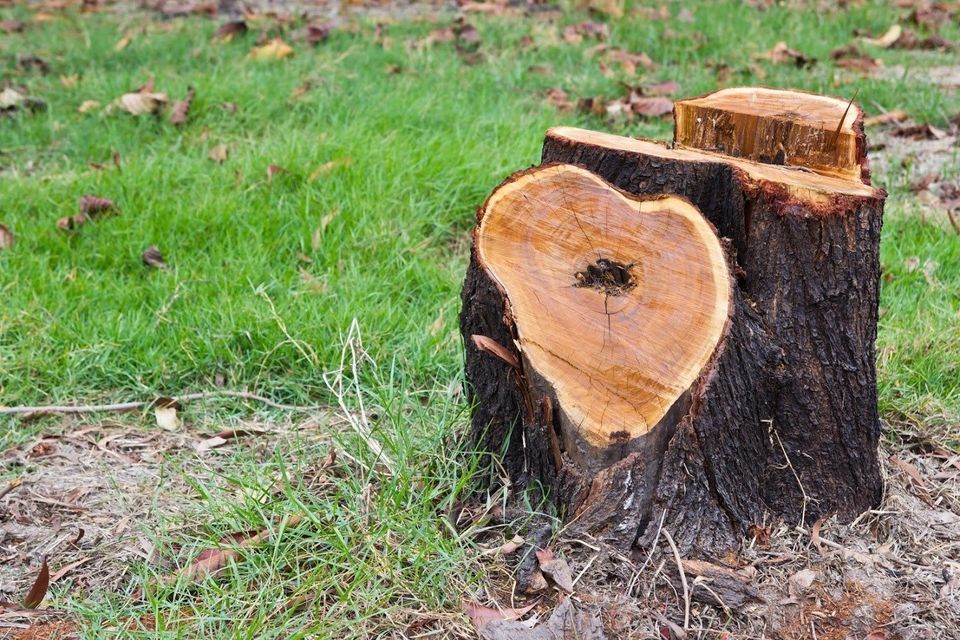5 Benefits of Complete Tree Stump Removal
Admin • December 2, 2020

After a tree is removed from your property, the stump remains. There are different ways that you can minimize or remove the stump, including grinding the stump, using chemicals to kill the stump, burning the stump or grubbing, which is the process of removing the entire stump, including the root system.
Complete removal has many benefits over the other stump minimizing and removal methods. Here are five of the benefits associated with complete tree stump removal.
1. You Can Use the Land for Anything You Desire
When you have complete tree stump removal, you are able to use the land for anything that you desire. You can plant a new tree in the area, you can plant grass, or you can put a pool nearby without worry about the old root system.
When a stump is not completely removed, the stump itself prevents the land from being flat and the root system can minimize what you can plant nearby. Use your land how you want by having grubbing completed to completely remove the tree stump.
2. You Prevent Roots From Affecting Underground Items
Once a tree is cut down, the root system will stop growing. However, it can take decades for a root system to naturally die and decompose. This means that if your roots are currently affecting items underground, including your pipes, foundation or septic system, they will continue to do so.
Removing the stump and the root system is the only way to prevent the roots from affecting these items without waiting for decades to pass.
3. You Can Stop the Spread of Tree Diseases
If you had a tree that was diseased, the disease can remain in the stump. The disease not only can spread through a healthy tree, but it can spread to the root system of a tree that has been removed. That disease can then pass to root systems of other trees nearby, infecting those trees.
By removing the tree, stump and root system, you are able to effectively stop the spread of tree diseases that can affect healthy trees on your property.
4. You Can Decrease the Risk of Pests
A tree stump sitting in your yard is not only an eyesore. It can be an invitation for wood-eating pests to infest your land. Wood-eating pests and those that like to tunnel through wood, such as termites and carpenter ants, may see your tree stump as the perfect place to make their home or nest. Unfortunately, these pests will not remain in the stump for long.
These types of pests can outgrow the stump as they multiply or will go out in search of food and water. Often times, your home is close by, which lures them in. These pests can then move from the tree stump, to your home, where they can do a great deal of damage. Removing the tree stump and the root system decreases the risk of these pests making your home their home.
5. You Can Prevent Stump Sprouting
Stump sprouting is the process of new growth emerging from the root system of your existing tree through the stump. When stump sprouting is occurring, your old trees root system can begin to grow once again. A tree may also begin to emerge. Often times though, the tree is crooked or leaning, as it is growing through and contending with the original stump.
Stump sprouting is not the ideal way for a tree to grow. You can prevent this from occurring by having grubbing performed on your tree stump.
If you have a stump in your yard that needs removed, complete tree stump removal may be the best option for you. Here at Branched Out, serving the greater Lees Summit, MO. area, we can help you with both tree and stump removal. Fill out our online form
to request a free estimate.










